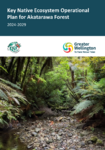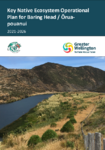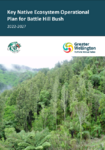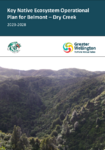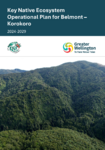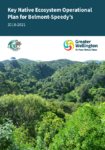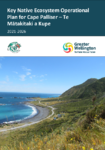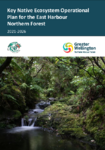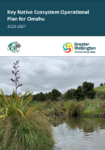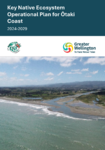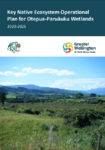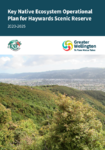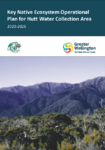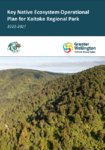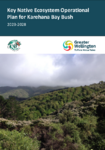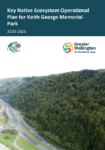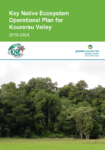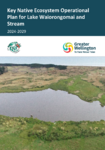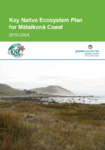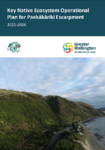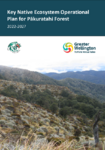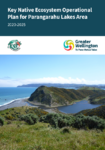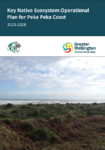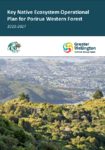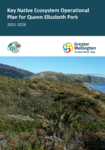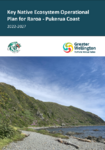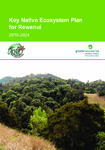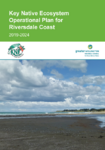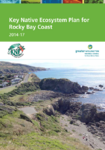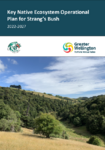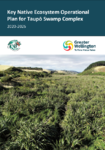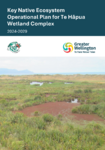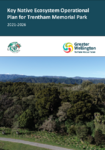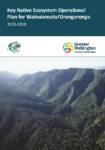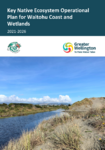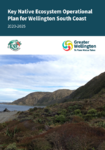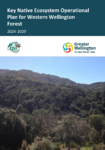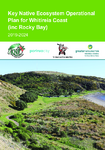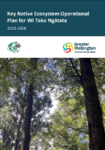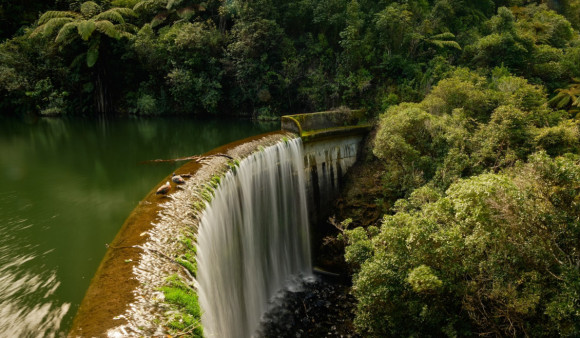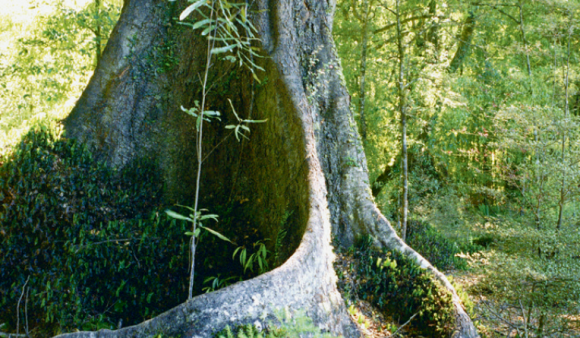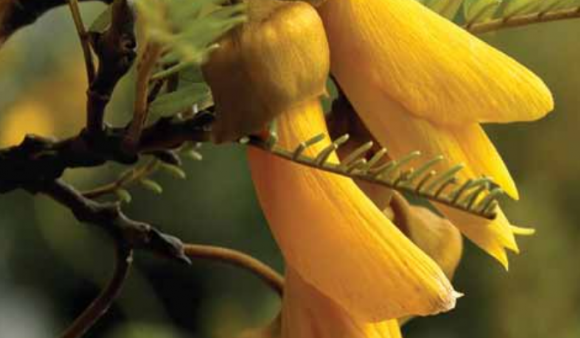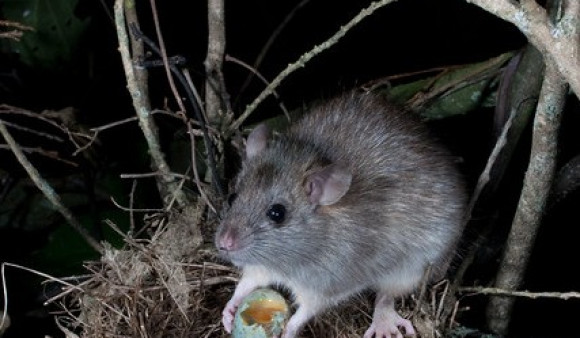Our region is lucky enough to still have areas of lush native forests and other ecosystems, teeming with native and rare wildlife. However, these precious environments need our protection.
Their survival is threatened by introduced pest animals and plants, and the effects from intensified land use such as fragmentation, pollution and development.
The Key Native Ecosystem (KNE) programme is how we help ensure we maintain a full range of naturally occurring ecosystems for the region. These are managed so they are healthy and functioning, and supporting diverse native plants and animals.
This is part of our role to protect our region’s environment and is guided by our Regional Policy Statement as part of the government’s Resource Management Act 1991.
Want to find out more? Contact us at Environment.Restoration@gw.govt.nz.
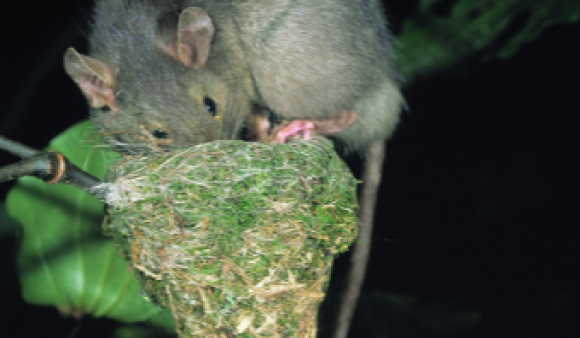
The Key Native Ecosystem (KNE) programme aims to protect some of the best examples of native ecosystems in the Wellington region. It is working to…
Protecting these important sites
Without management of KNE sites, many of our native species would not survive in them. By protecting these areas, we are investing in the future of the Wellington region’s unique and vulnerable ecosystems.
We have identified areas with ‘high biodiversity values’ in different ecosystem types, including forests, wetlands, freshwater, estuarine and coastal.
Biodiversity values are determined by looking at the rarity and diversity of a particular ecosystem, and the plants and animals that live there. For example, if a wetland is in its original condition, and has rare plants and animals living there, it will have a higher biodiversity values.
Unfortunately, not all areas with native ecosystems can be managed with our limited funds, which is why we have identified KNE sites around the region, so that they can be prioritised for management and funding. KNE sites can be in regional parks, local reserves and on private land.
KNE sites in our region
The locations of our 57 KNE sites in the region can be found on the map below.
How we are working to protect KNEs
We have developed individual management plans to restore and maintain each Key Native Ecosystem. Some of the ways we do this are:
- Plant and animal pest control to protect native species from Invasive pests that can harm them
- Stock exclusion measures to protect ecosystems from being trampled or browsed by livestock
- Re-vegetation of native species to help restore areas where native plants have been depleted
- Remediating fish passage in streams where the connection between waterways has been blocked
- Advocating for Legal protection (covenanting) to protect the ecosystem from land use that may harm it
It takes many years for an ecosystem to recover from damage caused by human activities and introduced species. The management plans for KNEs is a long-term commitment, and a collaborative effort.
We work with mana whenua, local councils, private landowners, other organisations, and local communities to protect these special sites.
Get in touch
- Phone:
- 0800496734
- Email:
- info@gw.govt.nz

